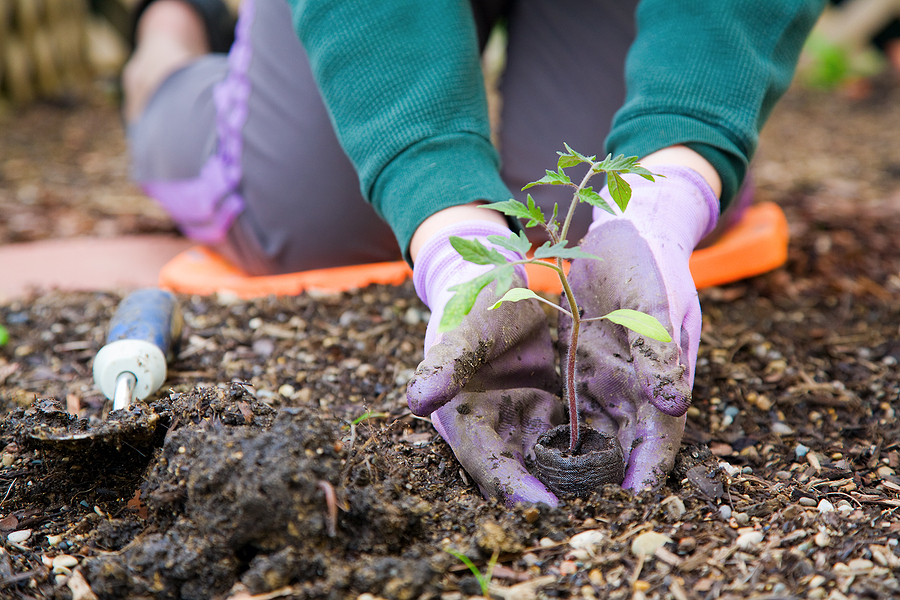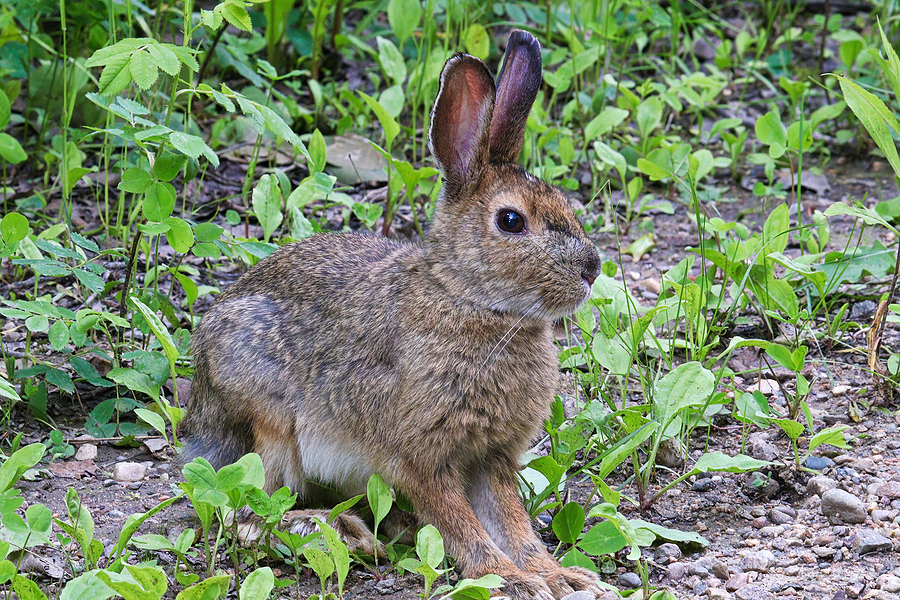Welcome to a world beneath your garden, an unseen realm inhabited by the humble mole. Often viewed simply as a nuisance, these burrowing creatures can disrupt our carefully manicured lawns and flower beds, leading many to resort to mole control or mole repellents. But did you ever stop to wonder whether our garden moles are truly villains, or if they might, in fact, be victims of our misunderstood perception? This blog post aims to shed light on this often-overlooked question, leading you down the tunnel of knowledge towards a more balanced understanding of these intriguing creatures.

The Life of a Garden Mole
Before we delve into the question of villainy versus victimhood, let’s take a moment to understand the life of a garden mole. These small mammals belong to the Talpidae family and are commonly found in gardens across Europe, Asia, and North America. They possess powerful front limbs and large claws that allow them to dig complex tunnel systems, often spanning up to 200 meters in length. These tunnels are their homes, providing protection from predators and a safe place to raise their young.
Moles are insectivores, meaning they primarily feed on insects such as earthworms, grubs, and beetles. They spend most of their time underground, using their keen sense of smell to locate their next meal. Contrary to popular belief, garden moles do not eat the roots of plants, but rather aerate the soil and promote healthy plant growth by consuming insects that can harm them.
The Case Against Moles
Despite their integral role in maintaining a balanced ecosystem and promoting healthy soil, garden moles have been branded as villains by many homeowners. One of the main reasons for this is their extensive tunnel systems, which can cause damage to lawns and gardens. The raised ridges created by mole burrows can be unsightly and make mowing difficult. Additionally, their tunnels can cause plants to become uprooted or die due to a lack of stability in the soil.
Moles have also been accused of destroying crops and gardens by consuming plant bulbs and seeds. While they may occasionally eat small amounts of these, it is not a significant part of their diet. In most cases, any damage to plants can be attributed to the grubs and insects that moles actually eat.
The Truth About Mole Control
With their reputation as garden villains, many people turn to mole control methods in an attempt to rid their gardens of these creatures. However, it’s important to note that many of these methods can not only be ineffective but also cruel and harmful to other animals and the environment.
Trapping is a common form of mole control, but this method often leads to the death of innocent animals such as shrews or voles who may wander into the traps. Chemical repellents can also be harmful to other animals and beneficial insects in the area. The use of sound and vibration devices has not been proven to be effective, and ultrasonic repellents have no effect on moles at all.
A More Humane Approach to Get Rid of Yard Moles
Instead of viewing garden moles as villains and resorting to harmful mole control methods, we should consider a more humane approach. One solution is to simply tolerate the presence of moles in our gardens and appreciate the important role they play in maintaining a healthy ecosystem.
You can also try natural mole repellents, such as planting daffodils or crown imperial plants, which are known to deter moles with their strong scents. Another option is to create designated areas for moles to dig, such as a section of the garden with loose soil. This can redirect their burrowing habits away from areas you wish to keep pristine.
In Conclusion
Garden moles are not villains but rather essential members of our ecosystem. While they may cause some minor inconveniences in our gardens, their benefits far outweigh any perceived harm. Before resorting to mole control methods, consider a more humane and tolerant approach to coexisting with these fascinating creatures. Who knows, you might even learn to appreciate their presence in your garden! So, the next time you spot a molehill or ridge in your lawn, take a moment to appreciate the unseen world beneath your feet – one that wouldn’t be possible without our humble garden moles.
Are you looking for a trusted Nashville animal removal service that can help you get rid of moles at an affordable price? Contact Smoky Wildlife Control at 615-610-0962 for TWRA licensed and insured animal mole removal and control in Nashville, Tennessee and beyond. We also work with many other types of wildlife and serve both residential and commercial clients.
Related Posts:
Natural Methods for Keeping Ground Moles Away from Your Garden
Best Solutions for a Yard Mole Problem
What is Tunneling and Digging Under My Lawn?

